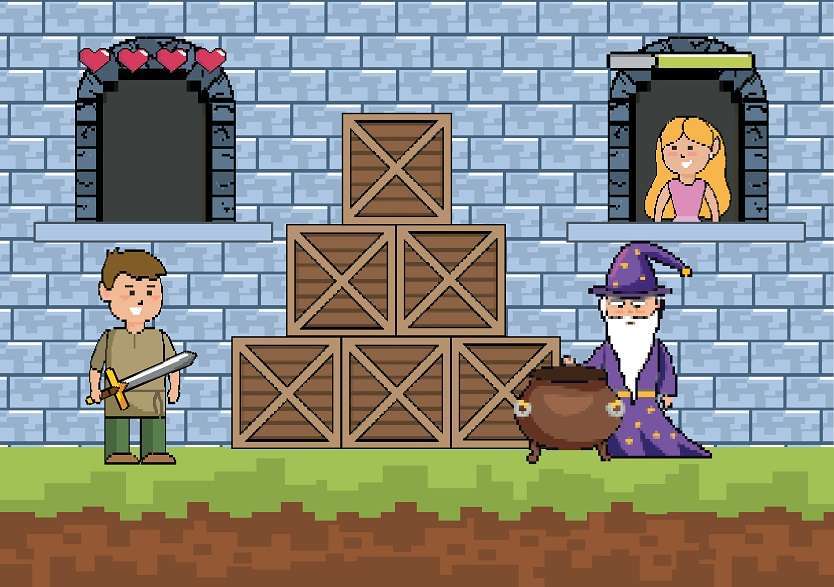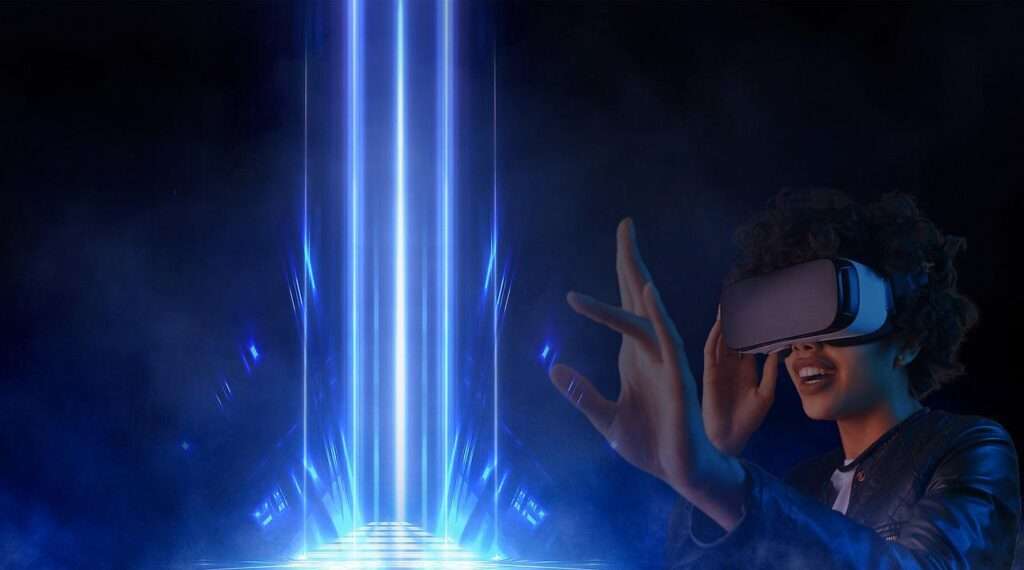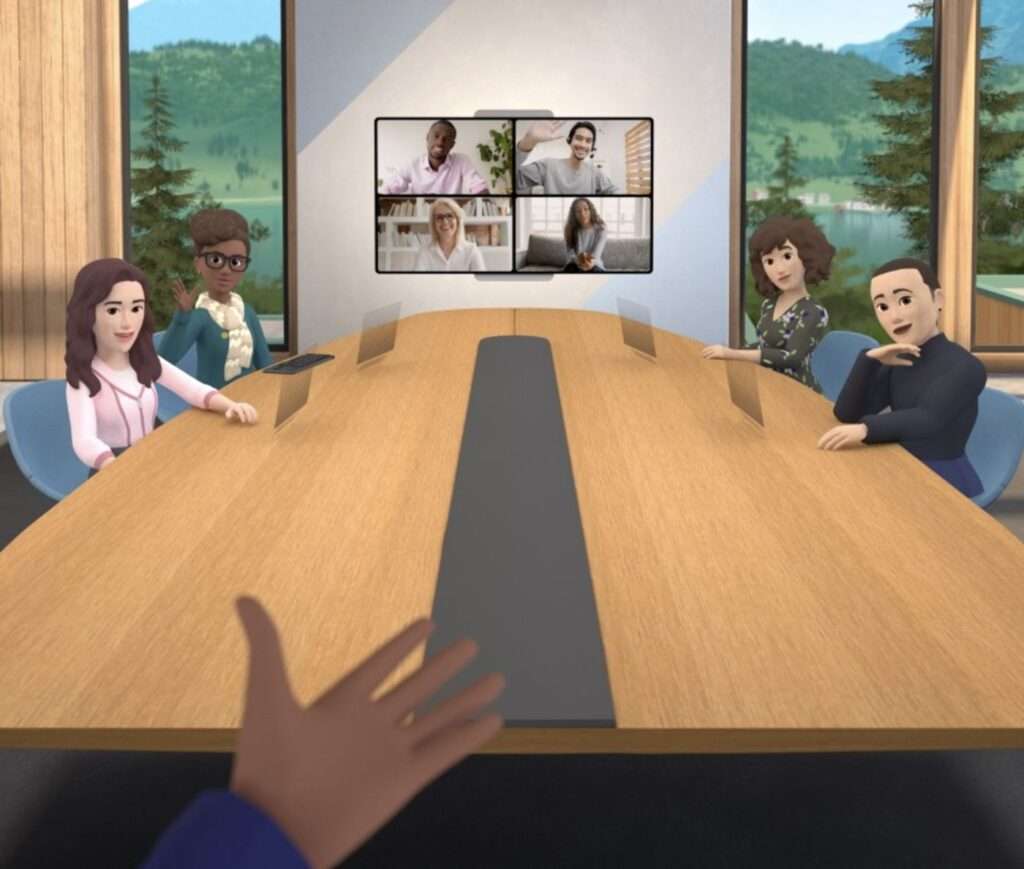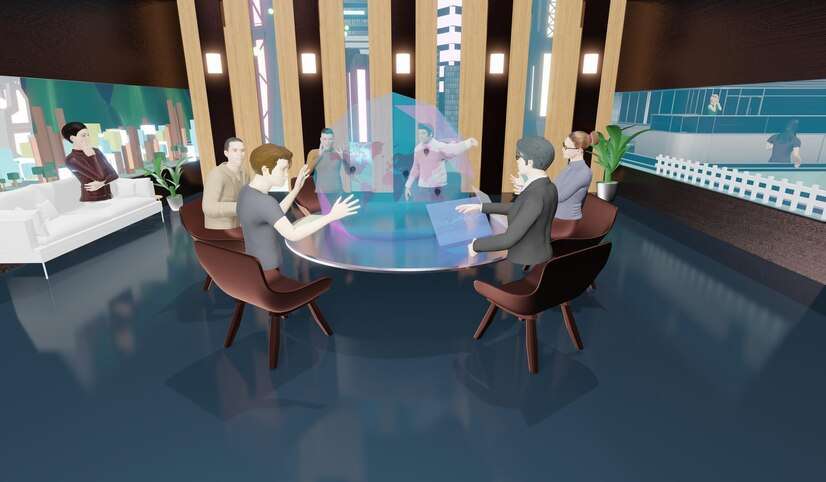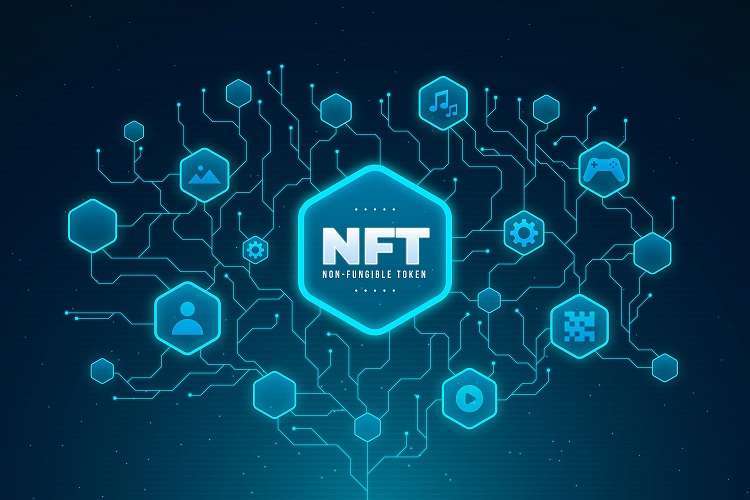Do your kids constantly ask for Robux, the virtual currency used in the popular online game Roblox? Online gaming and virtual worlds becoming more prevalent.Parents are struggling with the idea of spending real money on digital goods. Some argue that it’s no different from buying a physical toy, while others worry about financial and emotional harm. In this article, we explore the growing trend of buying Robux or virtual goods for kids.
What does it mean “buying Robux”
Robux is the virtual currency of Roblox, a popular online gaming platform. It allows players to buy items, accessories, and other virtual goods within the game. Players can earn Robux through various means or purchase them with real money. Robux has become a significant aspect of Roblox gameplay. Ithas led to a growing market for buying and selling virtual items. However, it has also raised concerns about the potential risks of spending real money on virtual goods. The impact it may have on children’s financial literacy.
Should you consider buying Robux for your children?
Selena and Greg Robleto paid their children for doing household chores. But they quickly found out that their money was not enough. Their girls wanted Robux, the virtual currency used in the videogames of Roblox Corporation. Kaylee Robleto, who is 12, bought a virtual Louis Vuitton handbag, while her sister, Ginelle, who is 10, got a virtual Gucci jacket. Each item cost less than $5 in Robux. The Robleto girls are among the many tech-savvy youngsters who are gaining financial independence through Roblox. Roblox is one of the most popular online hangouts for kids, and it is where brands are setting up shop to reach them. Approximately half of Roblox’s 60 million daily users are under the age of 13 and willing to spend on Robux.
Roblox and other virtual economies are changing the way families talk about money and helping parents control how kids spend online. By topping up virtual wallets with cash, parents save time and money compared with a trip to Target, and they don’t have to take out their wallets for every little purchase. Children are spending more time and money in Roblox’s 3-D online world, a so-called metaverse where people create and engage in virtual activities via avatars. Roblox’s revenue grew sixfold over the past three years to $1.9 billion last year—almost all of it from sales of Robux. Chipotle Mexican Grill Inc. launched a game on Roblox in April called “Chipotle Burrito Builder,” inviting players to simulate making entrees in exchange for the restaurant chain’s virtual currency, Burrito Bucks. Players can cash in the currency for an offline entree at a real Chipotle location.
What is the future of the gaming industry?
According to Emma Hazan, the CEO and founder of Sidekick Comms Ltd., more companies are spending hundreds of thousands of dollars to create games on Roblox as a form of disguised marketing. In the past, advertising to kids was typically done through static ads, but now brands are turning to interactive games on online platforms like Roblox to reach their target audience. Walmart, Kellogg Co., Chobani Inc., and others have all launched games on Roblox, with new games from advertisers debuting every week. Nike was one of the first brands to create a branded experience on the platform with Nikeland, where users can earn coins by playing games and spending them on virtual sneakers and other items.
Starting next year, advertisers will have the option to purchase portals in other creators’ games that take users directly to their own games. You can also buy virtual billboards in other creators’ games; developers get a percentage of the revenue. Roblox is not the only platform where kids spend virtual money, as Minecraft has Minecoins, Fortnite has V-bucks. Manuel Bronstein, Roblox’s chief product officer, said that the potential for a thriving and monetizing economy in these 3D immersive experiences has only scratched the surface.
More companies are willing to offer NTFs
Moonbug Entertainment Ltd. is now offering nonfungible tokens (NFTs) of its popular characters on Zigazoo. NFTs are digital certificates of ownership for virtual and real goods, and Zigazoo’s NFT packs sell for $5.99 to $49.99. You should also pay attention to NFTs. This makes them an affordable collectible for children. Forrester Research estimates that children between the ages of 12 and 17 spent an average of $92 per month. In comparison to two years ago, this is double the average. Video games and virtual goods were the most popular purchases, followed by clothing and accessories. According to Titania Jordan, Chief Parent Officer at Bark Technologies Inc., children who have grown up with the internet sees spending virtual money as second nature. Many parents worry their children will be conned because they don’t fully understand the value of virtual goods.
Jason Baffrey and his wife initially opposed their 12-year-old son, Jaxson Baffrey, purchasing virtual goods in video games. Growing up, the concept of spending money on something intangible was foreign to them. They changed their minds when Jaxson requested a virtual outfit for his character in “Fortnite ”. The Baffreys realized that it was no different from purchasing a physical toy and allowed him to buy it.
Children’s advocacy groups, politicians, and online commerce researchers have expressed concerns about games. In particular, those that sell virtual goods in blind packs like baseball cards to adolescents. Such practices are common in many popular children’s video games, including buying Robux. A three-year study finds that video game blind packs can harm children and teenagers financially and emotionally.
Final Words
The popularity of Roblox and its virtual currency Robux has led to many children expressing a desire to obtain it. While it can be a source of fun and entertainment, parents must also consider the potential risks of their children spending real money on virtual goods and the impact it may have on their financial literacy. By understanding the value of virtual goods and setting clear guidelines for spending, parents can help ensure that their children’s experiences with Robux are both enjoyable and responsible.

